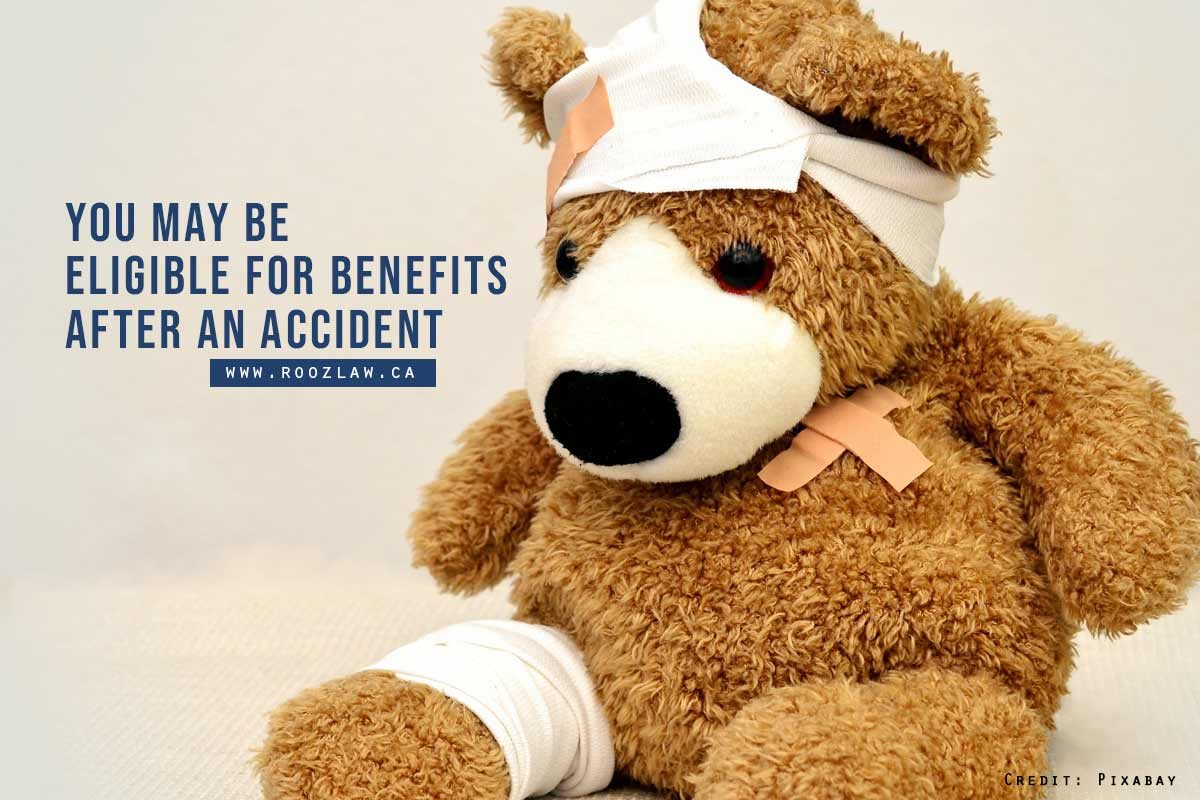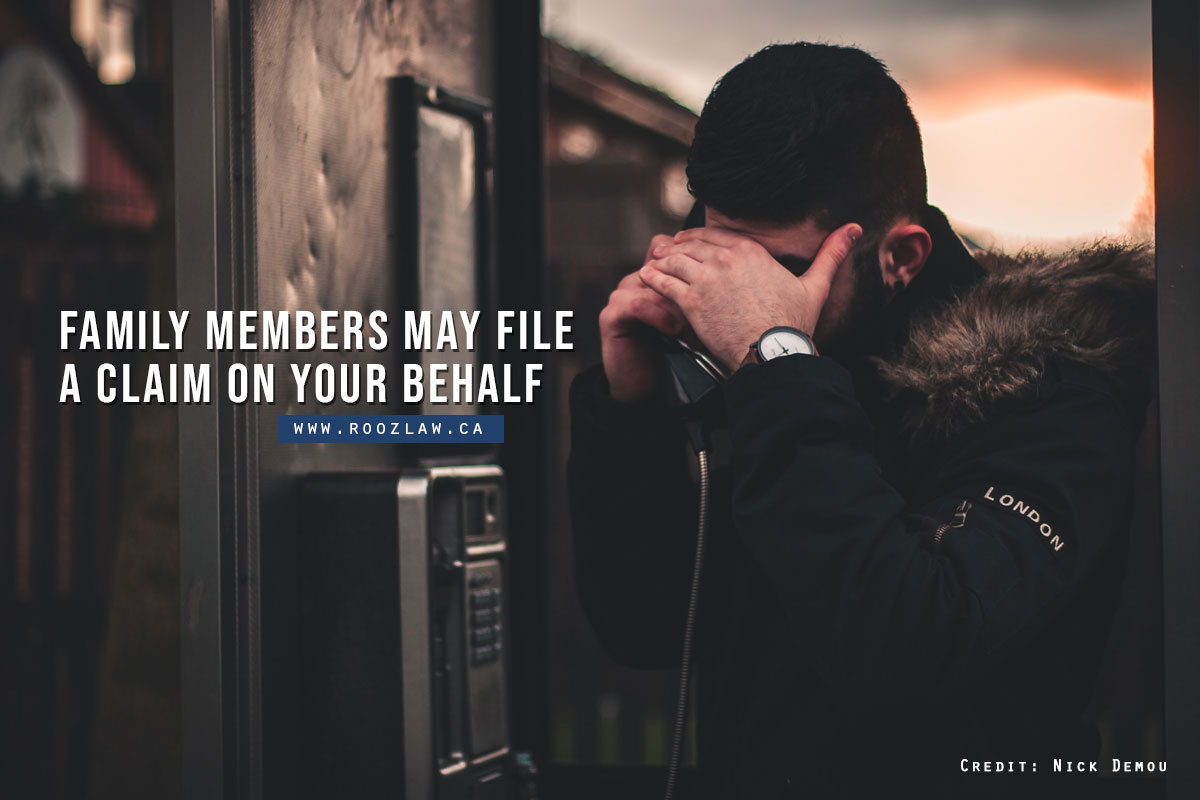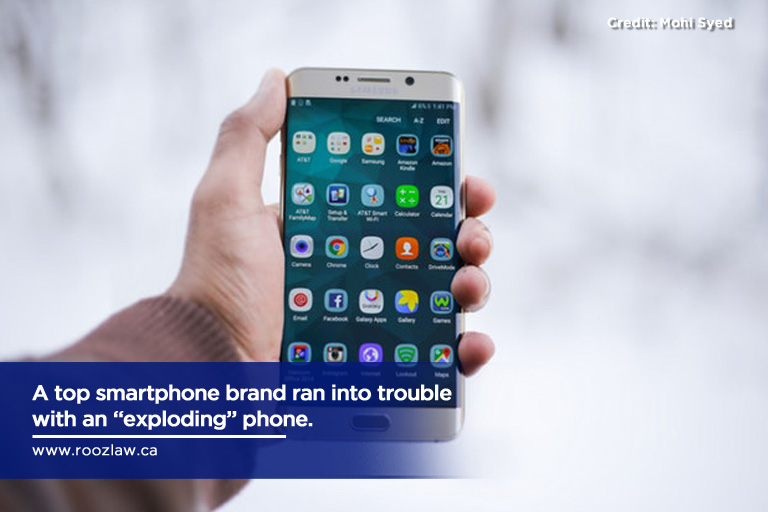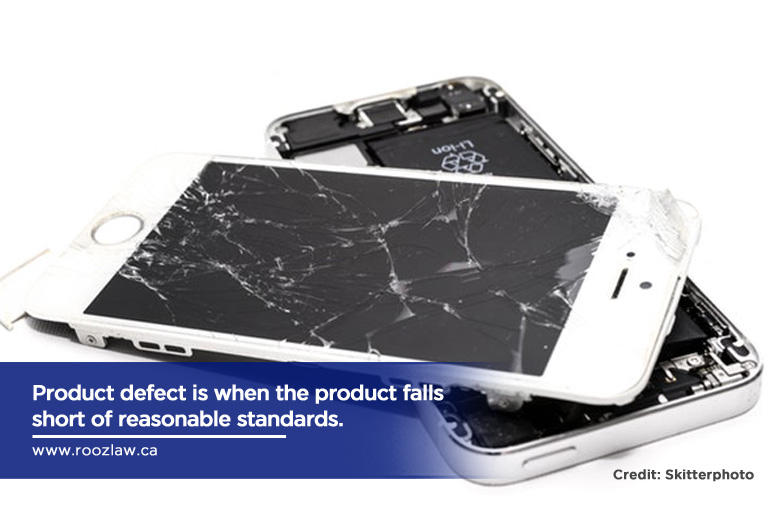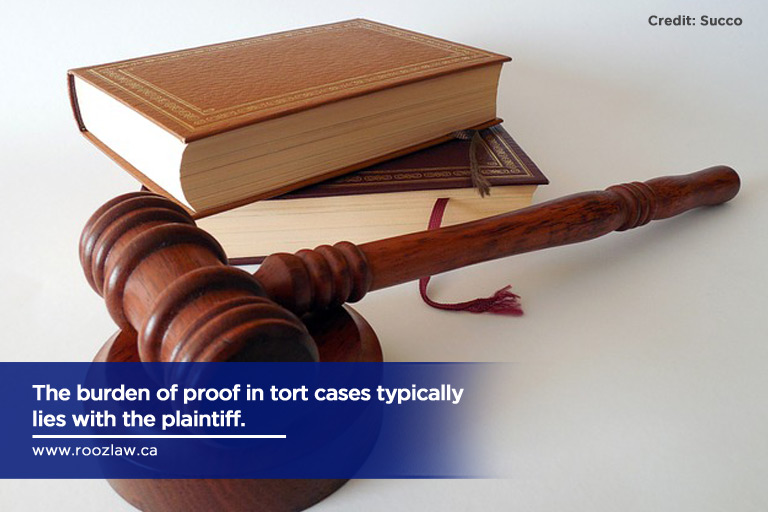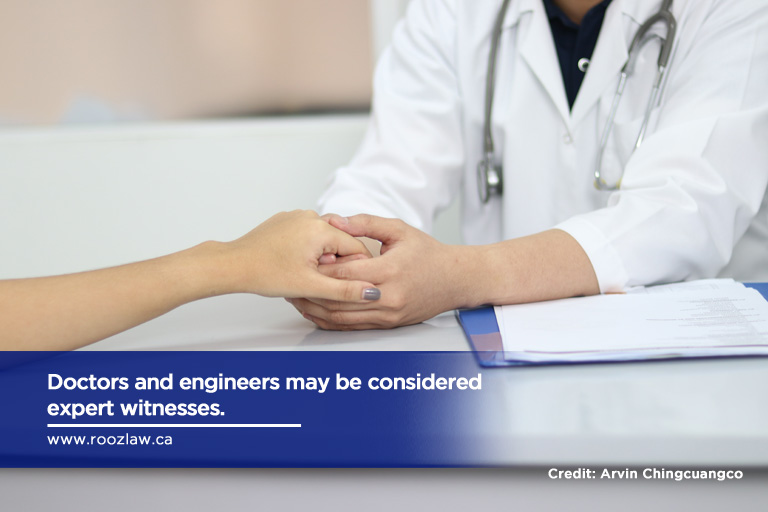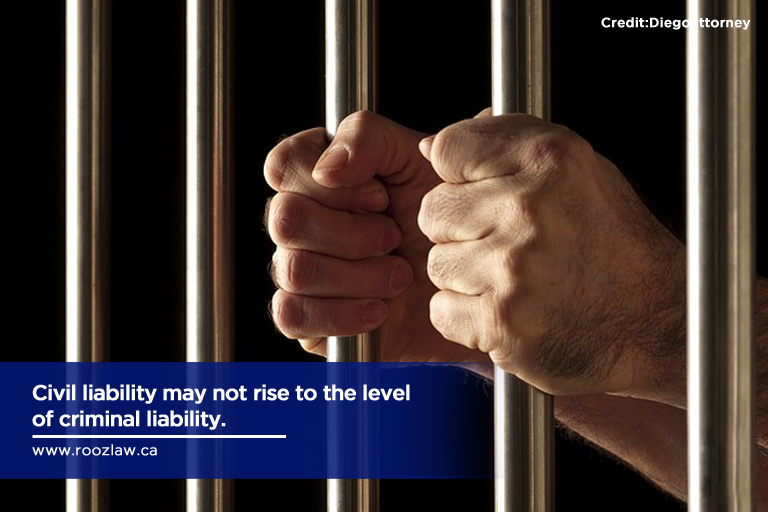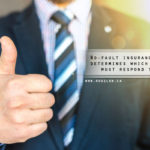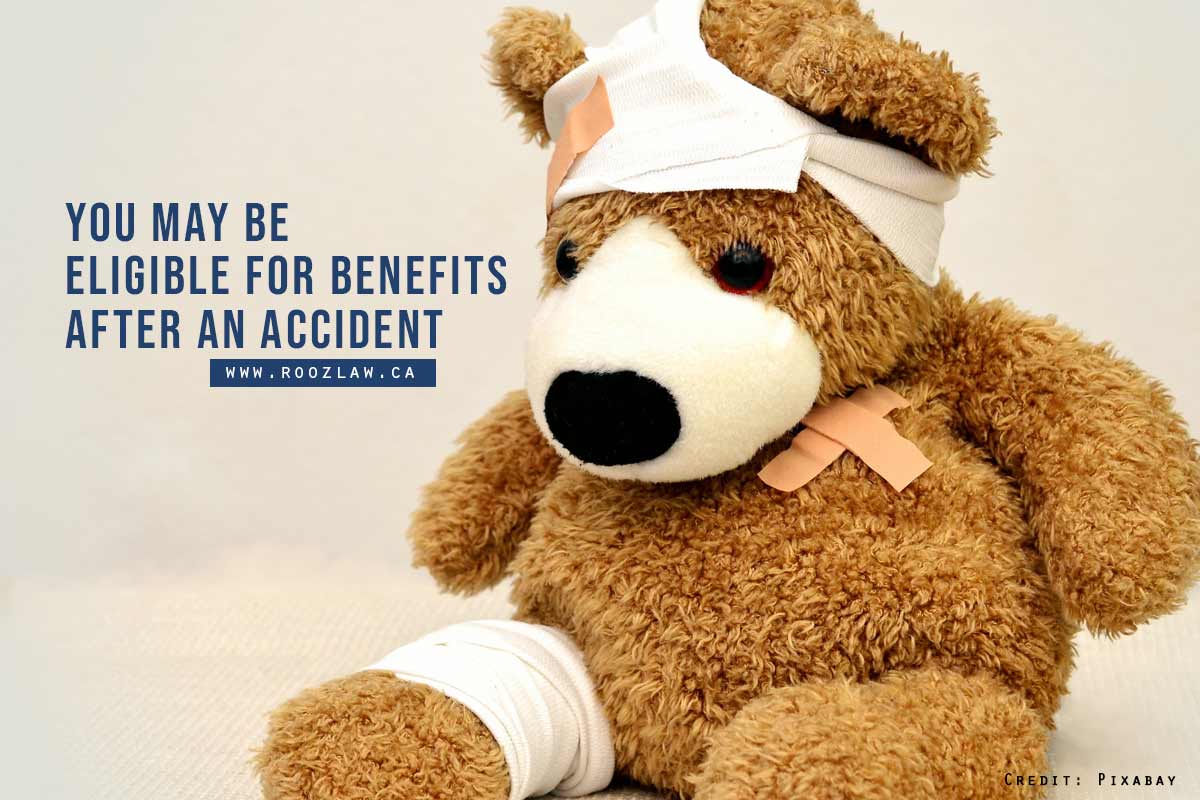
Ontario’s personal injury laws provide legal remedies to those who have been injured or died in an accident caused by someone else. As personal injury cases involve tort or civil law, the defendants are not imprisoned. Rather, the courts will award damages (money) for the victim to compensate them for their injuries.
Personal injury law does not only involve injuries sustained from motor vehicle accidents. It can also cover other physical and psychological harm, including:
- Public liability claims
- Occupier’s liability claims
- Product liability claims
- Public transportation and recreational facility claims
In these cases, damages are paid by the party found to be legally responsible by the court. This amount can be negotiated between the injured party and the insurance provider involved through a settlement agreement. If the parties fail to agree on the amount, the injured party can sue the at-fault party for compensation through the Court.
Types of Personal Injury Damages
Generally, those who suffer injuries at the fault of another are entitled to recover two different types of damages. These are known as general damages and special damages.
- General damages are damages that do not involve money, such as compensation for pain and suffering. This type of claim aims to compensate for your intangible losses.
- Special damages are also known as economic or pecuniary damages. This type of claim seeks to refund your out of pocket expenses in medical bills and compensate you for lost income as a result of the incident.
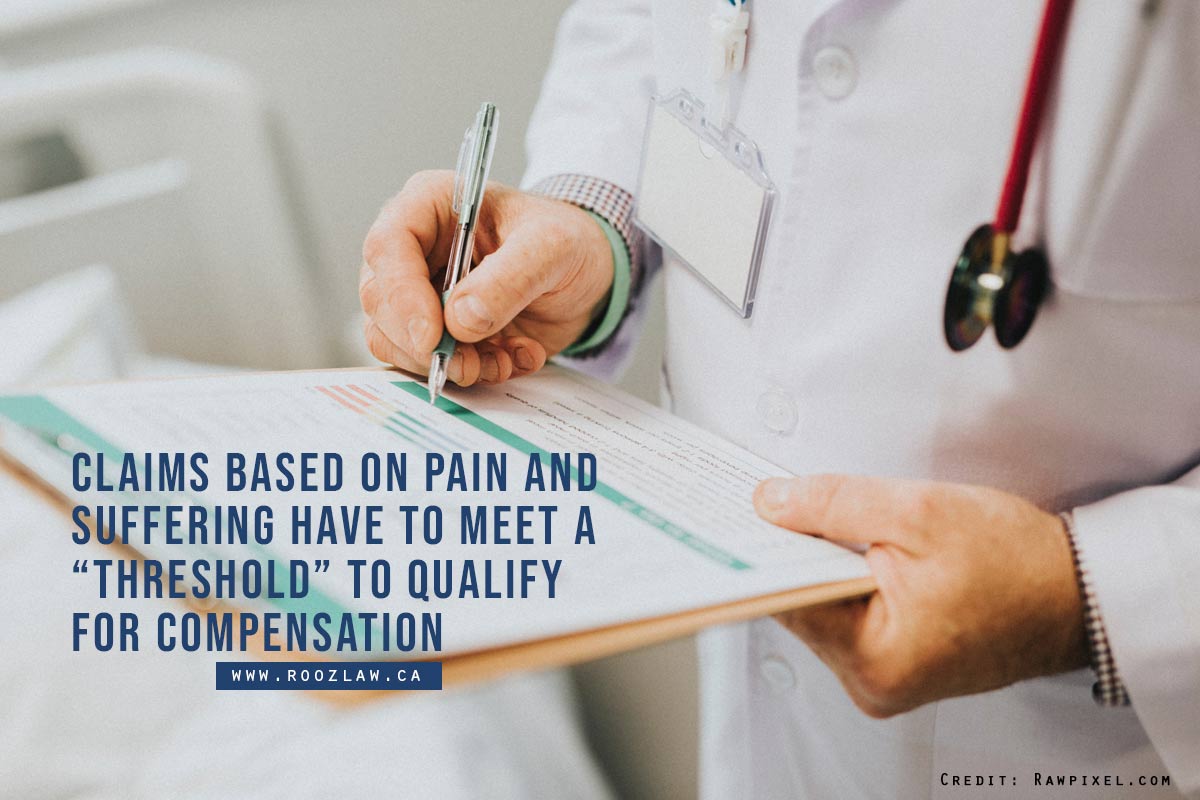
Pain and Suffering
One of the general damages you may be entitled to is compensation for the pain and suffering you endured or will continue to endure due to the actions (or inaction) of someone else. If your injuries came from a motor vehicle accident, some criteria must be met to qualify for a pain and suffering claim. These criteria are called the “threshold.” For a claim to pass the threshold, the injuries sustained must result in:
- Permanent and severe disfigurement (e.g. losing a limb or significant scarring)
- Permanent and severe damage to your physical, mental, or psychological function (e.g. becoming an amputee, brain damage, PTSD, and so forth.)
- Death
If during the trial, the Court finds that your injuries do not meet the threshold, your claim may be denied. Pain and suffering claims can be filed on one’s behalf by a caregiver or survivor as well as by the person injured in the accident.
In 1978, the Canadian Supreme Court capped the amount that may be rewarded to you for pain and suffering. In 2019, that amount is somewhere around $340,000. In Andrews v. Grand & Toy Alberta Ltd., the Supreme Court reasons that the cap is necessary as damages for pain and suffering are not exactly compensatory as no amount of money could make up for the loss suffered.
However, qualifying for pain and suffering damages does not immediately mean that your bank account will balloon. If your claim meets the threshold, there is a deductible of almost $40,000in 2019 ($30,000 from previous legislation as indexed over time) from the amount that you would otherwise receive. This deductible does not apply if the amount you are awarded exceeds about $140,000 in 2019 ($100,000 indexed from prior legislation). For example, if you are awarded $210,000 for pain and suffering, you will be awarded the entire amount. If what is granted to you in 2019 is $70,000 for pain and suffering, you will only be entitled to approximately $30,000.

Medical Treatment
Medical treatment almost always includes the amount expected to be shelled out for medical care related to the accident and reimbursement for out of pocket expenses for medical treatment that has already been received. You will also be compensated for the cost of necessary medical care you are expected to incur in the future as a result of the incident. One must meet the threshold requirements to get such compensation.
Housekeeping and Home Maintenance Services
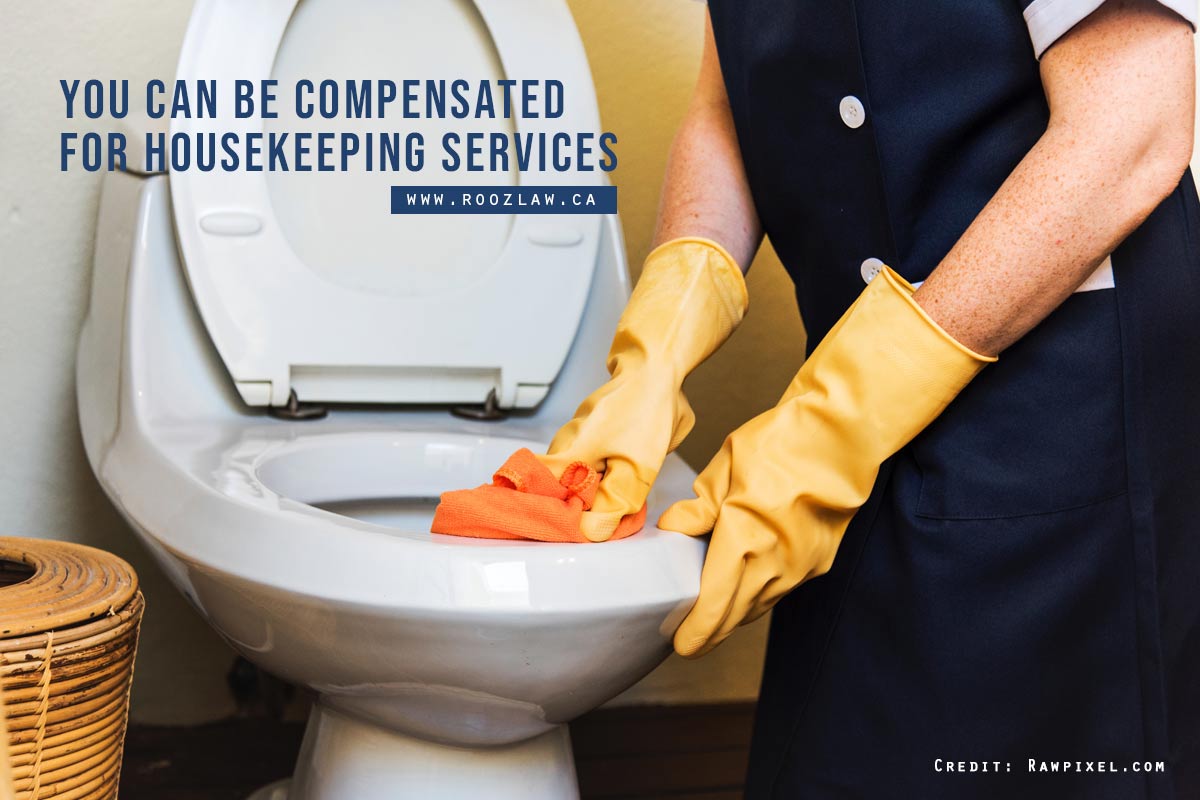
If your injuries prevent you from performing housekeeping and home maintenance tasks, you will also be entitled to monetary compensation for the expenses that hiring professionals to take care of these will incur. Entitlement may be reduced for payments made for housekeeping by an Accident Benefits claim.
Loss of Current and Future Income
If the injuries you suffered have impacted your wages and salary, you will be compensated for this loss. A damage award for your future income is compensation for your “loss of earning capacity” and “earning potential”.
When claiming for loss of income, meeting the threshold is not a concern. While you can file for the income you have lost, this does not include the first seven days following the incident. Furthermore, you are only entitled to a portion of your net loss of income, minus accident benefits that you received for Income Replacement Benefits. Future income losses are calculated in full, unlike past losses.
Damage to Property
If any items or properties were damaged or lost due to the accident, you may claim for compensation for their repair or replacement. While your car insurance provider will usually take care of some such expenses related to the loss or damage of your vehicle, you have the option to recover the remaining amount in a lawsuit if they refuse.
Benefits Claimed by Family Members
The Family Law Act of Ontario allows the family members of the injured person to sue for financial losses related to the loss of guidance and companionship as a result of the injuries or death, and for the expenses incurred in the care of the injured. Under prior limits, unless the amount awarded exceeds $50,000, Family Law Act claims are subject to a $15,000 deductible. These amounts are indexed as well and keep moving up. However, if the accident results in death, the deductible amount will not apply.
Other types of damages that can be claimed under the Family Law Act include:
- Actual expenses incurred
- Funeral expenses incurred
- A reasonable allowance for travel expenses incurred in visiting the person injured during their treatment or recovery
- A reasonable allowance for travel expenses incurred in the necessary transportation of the injured person so they can be treated
- A reasonable allowance for the loss of income or the value of services if, as a result of the injury, the claimant is providing housekeeping, care and nursing, or other services to the injured
People who can claim for damages based on the Family Law Act are the direct and close relatives of the injured:
- Parents
- Spouse
- Children
- Grandparents
- Grandchildren
- Siblings
Contributory Negligence
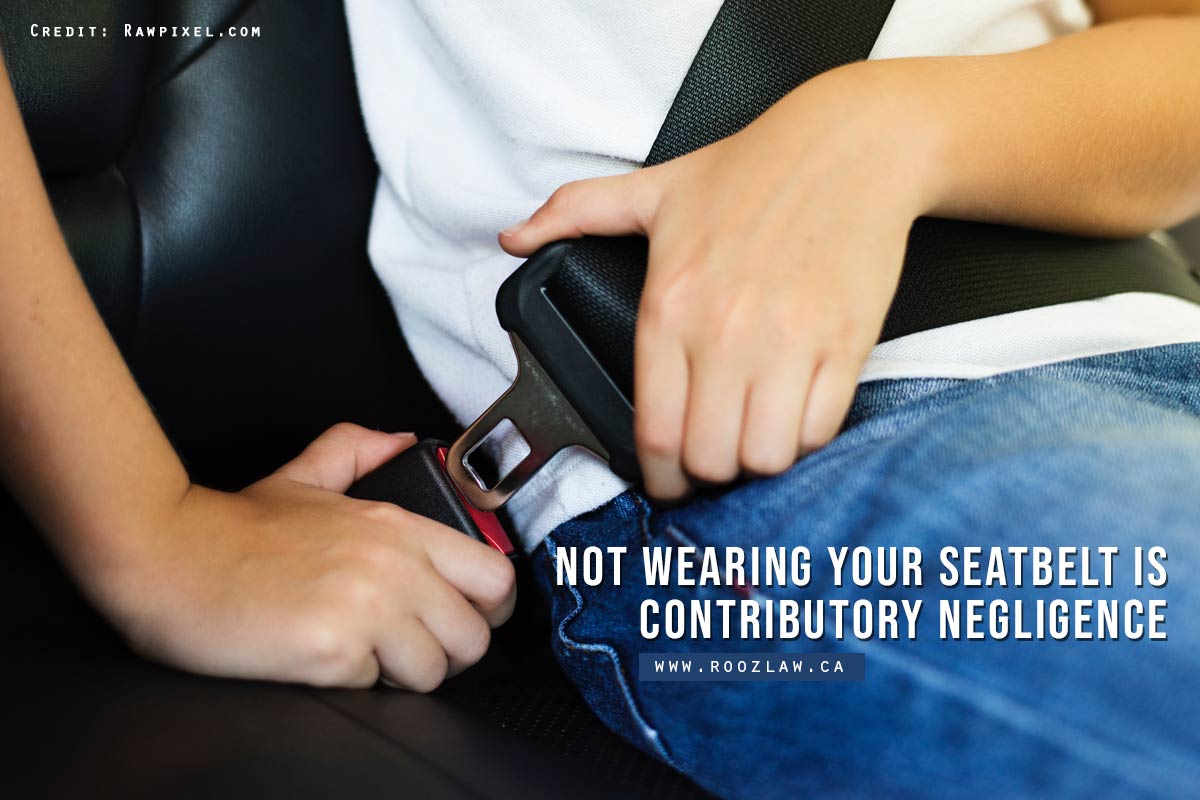
If you’ve been injured in an accident, even if you are the at-fault driver, seek the advice of an experienced personal injury lawyer. “At fault” is a legal question that can be adequately answered by a lawyer. In some cases, your lawyer might be able to argue that you are only partly at fault for the incident. This is a concept known as contributory negligence. Depending on the severity of your injuries and how much you lost, you may still be entitled to a considerable amount of money, even though your total award will be reduced by your percentage at fault.
To reach a competent personal injury lawyer in North York, call Rooz Law Personal Injury Lawyers at (416) 229-6000 and book a free consultation. We work closely with medical professionals to help build a strong case so that you can get the compensation you deserve.
